It is the oldest – and most iconic – stone bridge in the Highlands.
Built in 1717, the Old Packhorse Bridge over the River Dulnain in Carrbridge has withstood centuries of storms and flooding.
It owes its fragile appearance to the damage it suffered during the famous ‘Muckle Spate’ of 1829, which washed away its parapets, leaving a precarious drop on either side.
What remains is a thin humpback of stone, and the fact it’s survived the two centuries since the great flood, despite the fact the river can almost reach the top of the arch, is testament to its vast strength.
I never tire of gazing at the bridge, with the water swirling through it swiftly below. I always marvel at its beauty and seeming delicacy.
Do NOT try to cross the bridge!
It would be terrifying to cross, and I do not suggest anyone attempts to.
Much better – and safer – to look at it from the viewing platform down beside the water.
You can also check it out from the modern road bridge (be careful of traffic) or catch glimpses of it through the trees from the riverbank footpath.
The bridge has a fascinating history and I love the fact it’s evocatively known as the ‘coffin’ bridge.
It was originally built to allow funeral processions to access Duthil Church when the river was in spate.
That could include people, animals (hence, the Old Packhorse Bridge), and of course, coffins (hence, the coffin bridge).
Who built the ‘coffin’ bridge?
The bridge was funded by Brigadier-General Alexander Grant of Grant (1679-1720), who paid stonemason John Niccelsone £100 to create the engineering marvel.
The design incorporated low parapets to allow pannier-laden horses to cross without hitting the sides.
Grant enjoyed a long military career and also served as an MP for Inverness-shire in the Scottish Parliament of 1703-1707 where he was one of the commissioners charged with arranging the 1707 Union of the crowns with England.
He also served as the Constable of Edinburgh Castle and is credited with suppressing outlaws and robbers in the Highlands following the 1715 Jacobite Rebellion.
Story tells how river parts for ‘witch’
Sarah Hobbs, who runs Strathspey Storywalks, is keen to share her story about the bridge and why it was built.
“The tale goes that a wise woman in the 1500s was nearing the end of her life and wished to be buried in Duthil cemetery,” she tells me.
“That’s a very sacred place, and means ‘glen of the heroes’ in the old Gaelic.
“It was winter, however, and the River Dulnain was in spate; crossing it was impossible.”
Sarah says the woman made local men promise they would take her coffin to a particular spot on the river bank, which they did – and the water then parted for them to carry the coffin across.
“Some of the coffin bearers began grabbing salmon flapping about on the river bed,” she elaborates.
“They were washed away as the waters returned, punished for their greed by never being seen again.
“A memorial stone was erected to them but has since been lost. And that is what brought about the (slow) building of the bridge!”
Sarah says there were, and perhaps still are, many wise women and men in the area.
“The men of Duthil were well-known for their second sight,” she says.
“And I quite like the thought that we had our very own white ‘witch’ parting the waters at Carrbridge!”
Will bridge stand strong?
So what does Sarah predict will be the bridge’s future? Will it continue to withstand the floods and storms sure to batter it? She reckons so.
“It looks fragile yet still stands strong every year,” she reasons.
“With climate change and more uncertainty, we may get more flooding so let’s see.
“I’m always staggered by the sheer power of flood waters that roar through, but it’s done pretty well until now.”
What of the name, Carrbridge, or Bridge of Carr?
Sarah says this means “the bridge at the place of the moss or bog” in Gaelic – Drochaid Chàrr.
Where to walk around Carrbridge?
The village is a place I’ve always loved. It boasts a wealth of short, pleasant walks, and the surrounding woodland, which is home to creatures such as the crested tit, red squirrel and Scottish crossbill, is worthy of exploration.
With an hour to spare before checking out nearby Landmark Forest Park’s new winter light show, I decided to go for an easy mile-long jaunt along the River Dulnain.
As promised, the views of the bridge and river were fantastic, but it was lovely just to crunch my way slowly along the snowy path.
Along the way, I did indeed spot a red squirrel, his cheeky little face turning to ‘smile’ at me as he scurried high up into the treetops.
After a short while I reached another bridge – Ellan Bridge, also known as Gurkha Bridge – and then followed peaceful Station Road back down to the village.
So many fantastic trails
If time had permitted, I’d have linked up with some of the other brilliant trails.
The half-mile Glencharrnoch Walk, for example, boasts woodland sculptures.
Or I could’ve walked for two miles through pine and birch wood to reach Sluggan Bridge, built by General Wade’s redcoats in the 1700s.
Many of the walks were created by the Carrbridge Paths Group. To find out more, see carrbridge.com
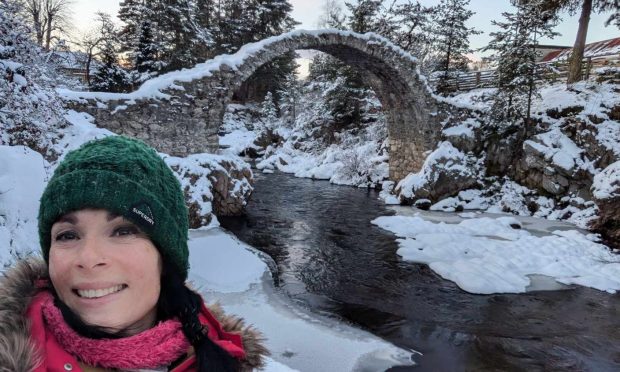
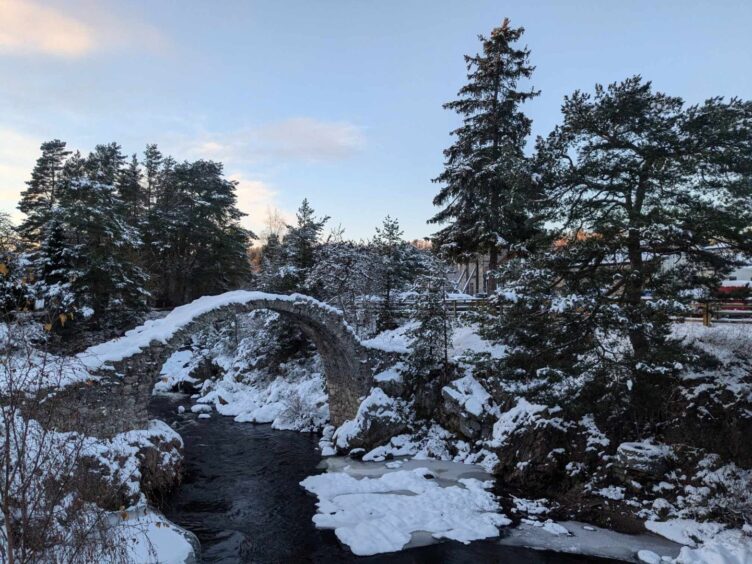
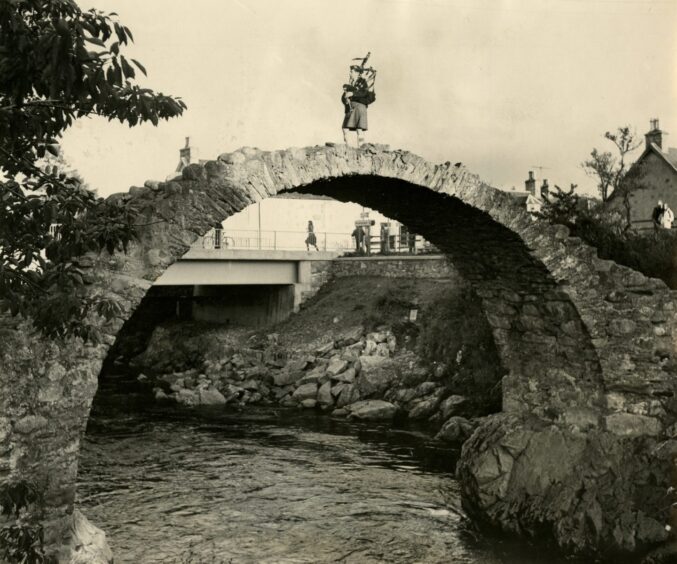
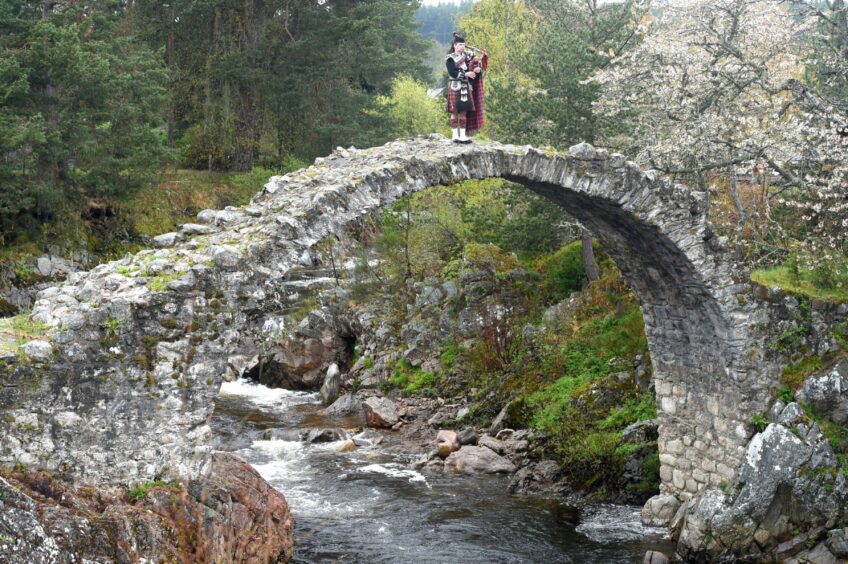
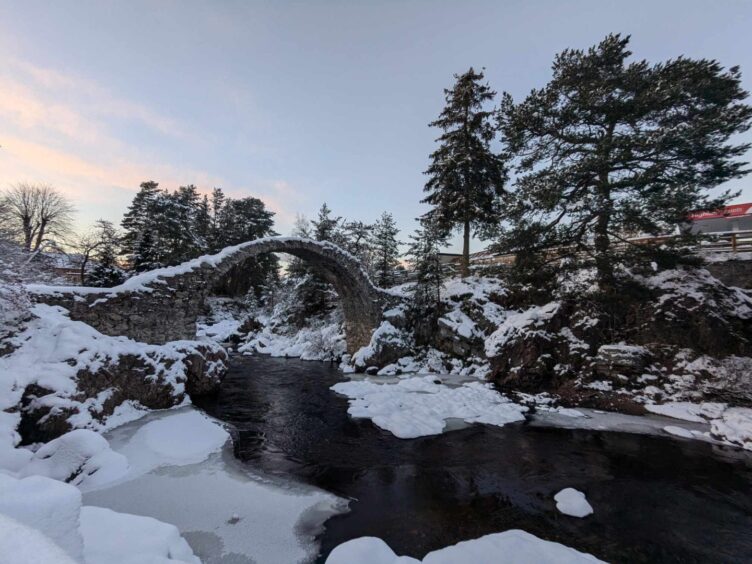
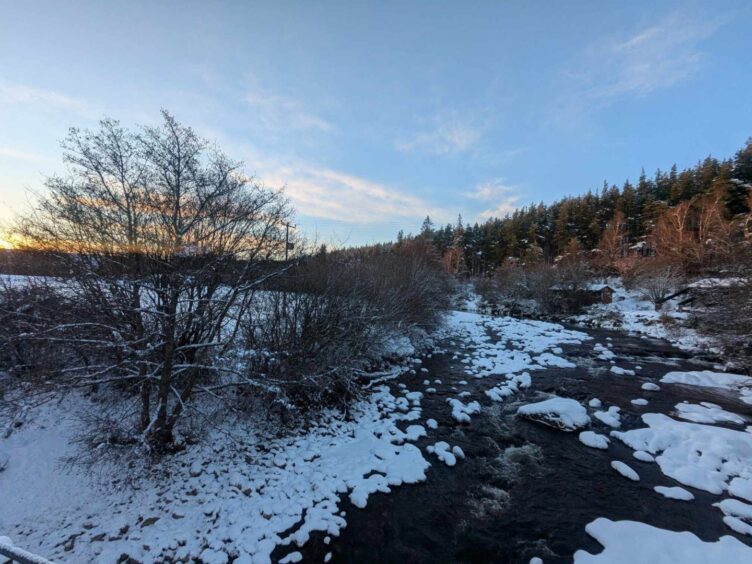
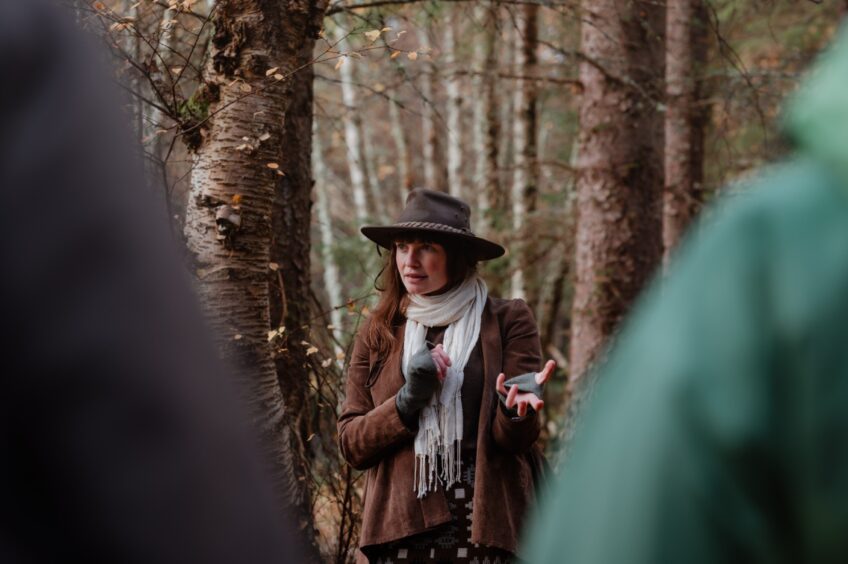
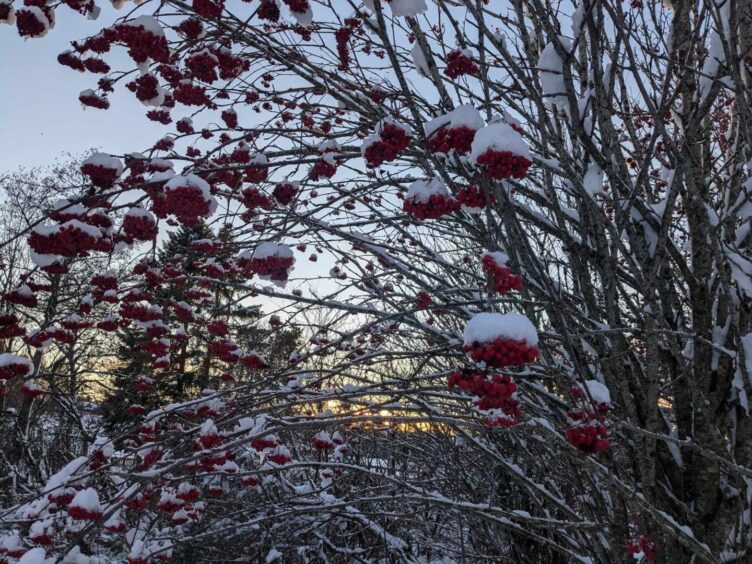

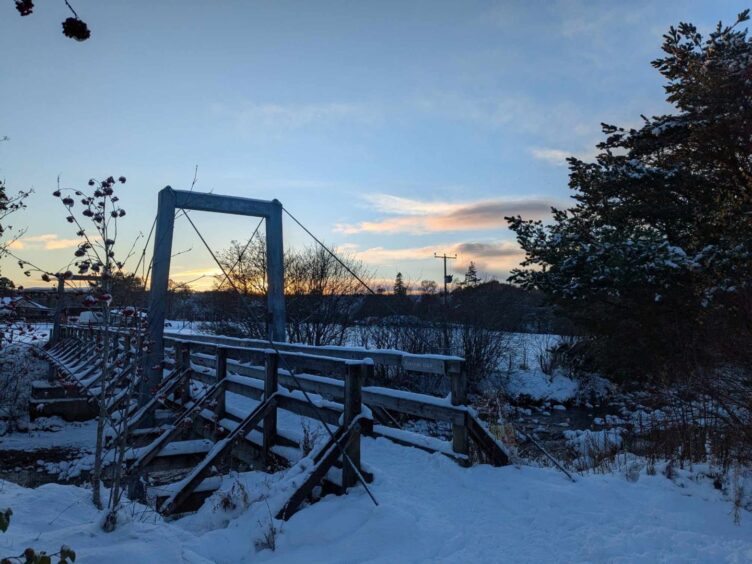
Conversation